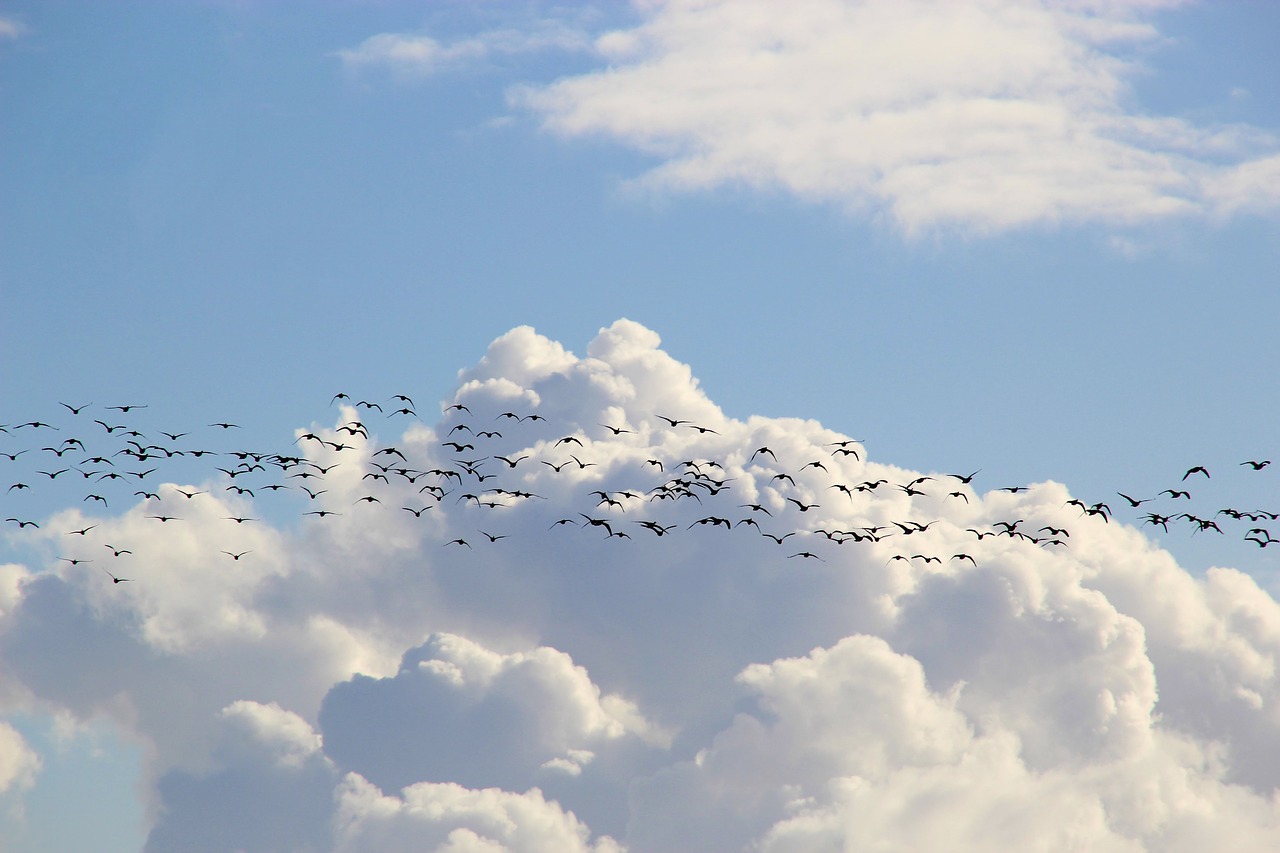
Vocabulary:
I will read the words, meanings, and sample sentences. Then, repeat after me.
- lethal /LEE-thuhl/
- maximize /MAK-suh-mahyz/
- recharge /ree-CHAHRJ/
- alarming /uh-LAHR-ming/
- regenerate /ri-JEN-uh-reyt/
[adjective] – able to cause or causing death; extremely dangerous
The combination of exhaustion and excessive drinking is lethal.
[verb] – to make something as great in amount, size, or importance as possible
In order to maximize revenues, some airlines have terminated less popular routes.
[verb] – to rest so that you can get your energy back
Every year, I get four weeks off to recharge my batteries.
[adjective] – causing worry or fear
The infection has spread at an alarming pace.
[verb] – to grow again
This animal can regenerate its tail.
Article reading:
Please read the whole article. Then, I will check your pronunciation and intonation.
Some migrating bird species are becoming increasingly attracted to city life, yet these unnatural habitats can be lethal. Every autumn, Swainson’s thrushes migrate from the north to central and northern South America. Some, though, make “pit stops” in and around towns like Montreal.
Morales, a doctoral student at McGill University, and her colleagues investigated how Swainson’s thrushes combine the need to migrate quickly – in order to maximize their benefits – with the need to recharge, such as by stopping in areas like Montreal, for a paper published last month. Thousands of migrating birds stop in cities all over the world as part of their incredible trips that can traverse thousands of kilometers. It’s not always clear why they choose to live in cities. Some appear to be drawn to light. Others, like the Swainson’s thrush in its berry-filled bush, appear to enjoy the food available. However, cities are not always welcoming to visitors.
Unfortunately, the death toll is alarming. Domestic cats, for example, kill some migrating birds, while others collide with structures. So, how can we make cities more like travel lodges for these animals, rather than death traps? Morales and her colleagues discovered that Swainson’s thrushes stop in Montreal for remarkably extended periods of time, where many of the birds molt — a process in which the birds shed and regenerate some of their feathers. This helps them prepare for the long journey ahead. It’s the equivalent of getting a new set of tires for your car.
Morales, a doctoral student at McGill University, and her colleagues investigated how Swainson’s thrushes combine the need to migrate quickly – in order to maximize their benefits – with the need to recharge, such as by stopping in areas like Montreal, for a paper published last month. Thousands of migrating birds stop in cities all over the world as part of their incredible trips that can traverse thousands of kilometers. It’s not always clear why they choose to live in cities. Some appear to be drawn to light. Others, like the Swainson’s thrush in its berry-filled bush, appear to enjoy the food available. However, cities are not always welcoming to visitors.
Unfortunately, the death toll is alarming. Domestic cats, for example, kill some migrating birds, while others collide with structures. So, how can we make cities more like travel lodges for these animals, rather than death traps? Morales and her colleagues discovered that Swainson’s thrushes stop in Montreal for remarkably extended periods of time, where many of the birds molt — a process in which the birds shed and regenerate some of their feathers. This helps them prepare for the long journey ahead. It’s the equivalent of getting a new set of tires for your car.
Discussion Questions:
I will read each question. Then, please answer them.
- What animals that migrate do you know about? Could you tell me more about it?
- Why is it important for you to recharge your batteries? Please elaborate on your answer.
- If you were to migrate to a place, where would it be and why?
- Do you agree that we need to do something about migrating bird species?
- How can we make cities more like travel lodges for these animals, rather than death traps?
Summarization
Please summarize the whole article using your own words and expressions. You will have one minute to prepare before you answer.
Describe:
Please explain the definition of each word listed below based on your understanding. You can provide example sentences if needed.
- attracted
- habitat
- migrate
- colleague
- equivalent